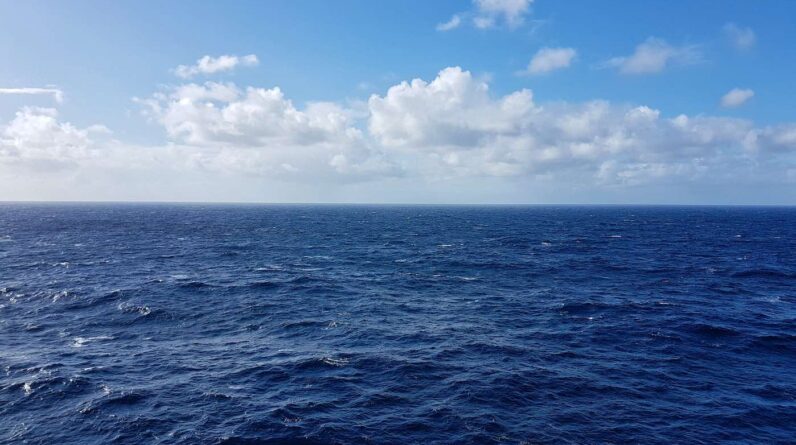
“I would like to say that I finally decided to row the Atlantic Ocean after carefully considering at least some of the facts, including some of the obvious dangers and difficulties associated with such an endeavor, but that would not be strictly true,” Brewer writes on her team’s website.
Brewer and Prestige completed the Talisker Whiskey Atlantic Challenge, a 3,000-mile journey from the Canary Islands to Antigua, on March 7, 2020. The team of two was one of 35 teams (ranging between one and five rowers) to compete this year. The challenge requires each teammate to row for two hours, then sleep for two hours non-stop for 24 hours.
Brewer and Prestige met in 2013, one year after Prestige began rowing, at the Poplar, Blackwall and District Rowing Club in London. Their team name, Row Off The Wall, was inspired by the rowing club. Prior to this race, the duo rowed a marathon, a race that ran the length of the River Thames and around Hayling Island. Their longest race prior to the Talisker Whiskey Atlantic Challenge was still 2,850 miles shorter than the challenge.
Each crew rows more than 1.5 million oar strokes to complete the race, so you’ve got to be pretty strong. British rower Hector Strickland completed the Talisker Whiskey Atlantic Challenge in 2018. He and three friends signed up for the challenge having never rowed before. But they were all athletes and knew the key to completing the race was to build muscle.
Strickland and his team worked with Andy McDonald, a strength and conditioning coach, who tailored circuit workouts focusing on the different areas they need strength. An example of a trunk circuit includes deadbugs, planks, reverse crunches, single leg bridges, and L-sits. I adapted my training plan by stepping up the strength training and decreasing the cardio. Ocean rowing is a completely different beast to traditional rowing, so our time spent on rowing machines was actually quite limited,” says Strickland.
For Brewer and Prestige, the race began on December 12, 2019; they were the final team to come ashore. “We never anticipated it would take us this long—we were hoping to finish in mid-February—so the extended row has been tough both mentally and physically,” says Brewer. “For the past three weeks, we’ve been surviving on two meals a day and next to no sleep. We’re delighted to finally set foot on dry land.”
Totally not the same as rowing the Atlantic, but here’s how to *properly* use a rowing machine. And here’s how to use a rowing machine for your entire workout when it’s the only open machine at the gym.







